Sinovoltaics, a Hong Kong-based technical compliance and quality assurance company, has released its latest PV module supply chain map for Europe and Turkey, plus Egypt and Kazakhstan. The report tracks the announced factory location, size, owner, and planned capacity, as well as sites that have been closed, or where capacity is on hold.
There are 125 factory sites listed in the Sinovoltaics Europe Solar Supply Chain Map for 1Q2025, which is available as a free download. It tracks sites producing PV modules, cells, wafers, ingots, polysilicon, and metallurgical-grade silicon based mainly on public announcements.
The Sinovoltaics analysts describe the solar manufacturing landscape as challenging. “While the European Union’s Clean Industrial Deal promises to boost domestic PV production, the region is currently grappling with a wave of bankruptcies and factory closures,” it said.
On the one hand, they noted additions, such as Kivanc Solar, which plans 1.2 GW of module production and 5 GW of cell output in Turkey, SC Heliomat aiming for 1.5 GW in Romania, Elite Solar planning 8 GW in Egypt, and Turkey-based Sunart PV Enerji’s additional 300 MW capacity.
On the other hand, the status of Photowatt, Systovi, Recom Silia, and Solarwatt was changed to reflect plant closures or decisions to production site reductions. They also noted some bankruptcies in Turkey, Belgium, and the Netherlands.
As for further upstream, the analysts highlighted that Meyer Burger continues 500 MW of cell production but not modules, while several polysilicon and ingot facilities in Norway were closed.
“Currently, the region’s combined nameplate capacity stands at 21 GW for modules, 3.2 GW for cells, and 1.5 GW for ingots,” said the analysts, adding that based on announcements, an additional 70 GW in modules, 55 GW in cells, and 24 GW in ingots could be added by 2030.
Sinovoltaics cautions that shifts in the supply chain can introduce quality issues. “We’re seeing that capacity alone no longer guarantees resilience. Transparency and verified production performance are becoming just as critical,” said Dricus de Rooij, CEO of Sinovoltaics.
The solar supply chain series includes maps of the manufacturing hubs in India, Southeast Asia, and North America. There is also an annual transformer manufacturing map for Mainland China.
This content is protected by copyright and may not be reused. If you want to cooperate with us and would like to reuse some of our content, please contact: editors@pv-magazine.com.
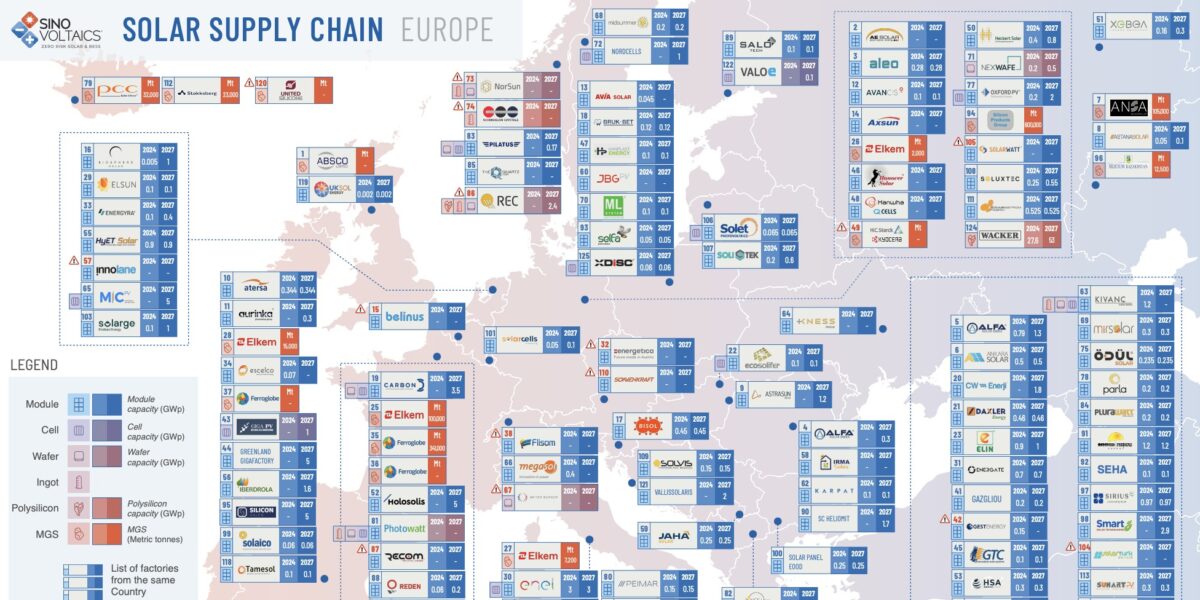
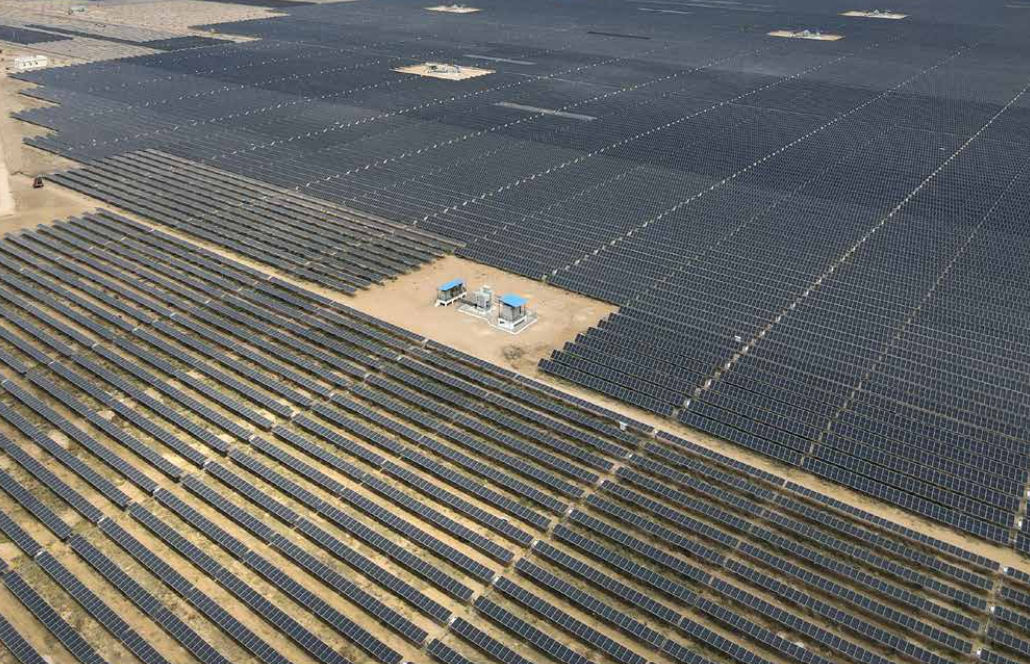


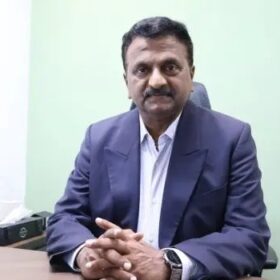
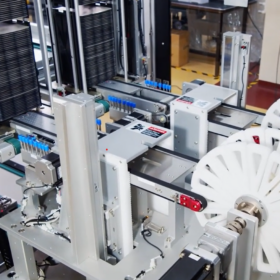
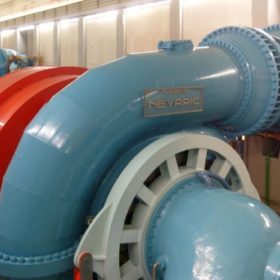
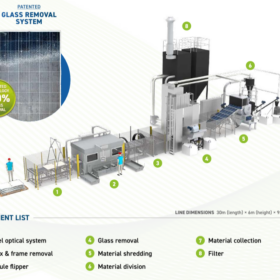
By submitting this form you agree to pv magazine using your data for the purposes of publishing your comment.
Your personal data will only be disclosed or otherwise transmitted to third parties for the purposes of spam filtering or if this is necessary for technical maintenance of the website. Any other transfer to third parties will not take place unless this is justified on the basis of applicable data protection regulations or if pv magazine is legally obliged to do so.
You may revoke this consent at any time with effect for the future, in which case your personal data will be deleted immediately. Otherwise, your data will be deleted if pv magazine has processed your request or the purpose of data storage is fulfilled.
Further information on data privacy can be found in our Data Protection Policy.